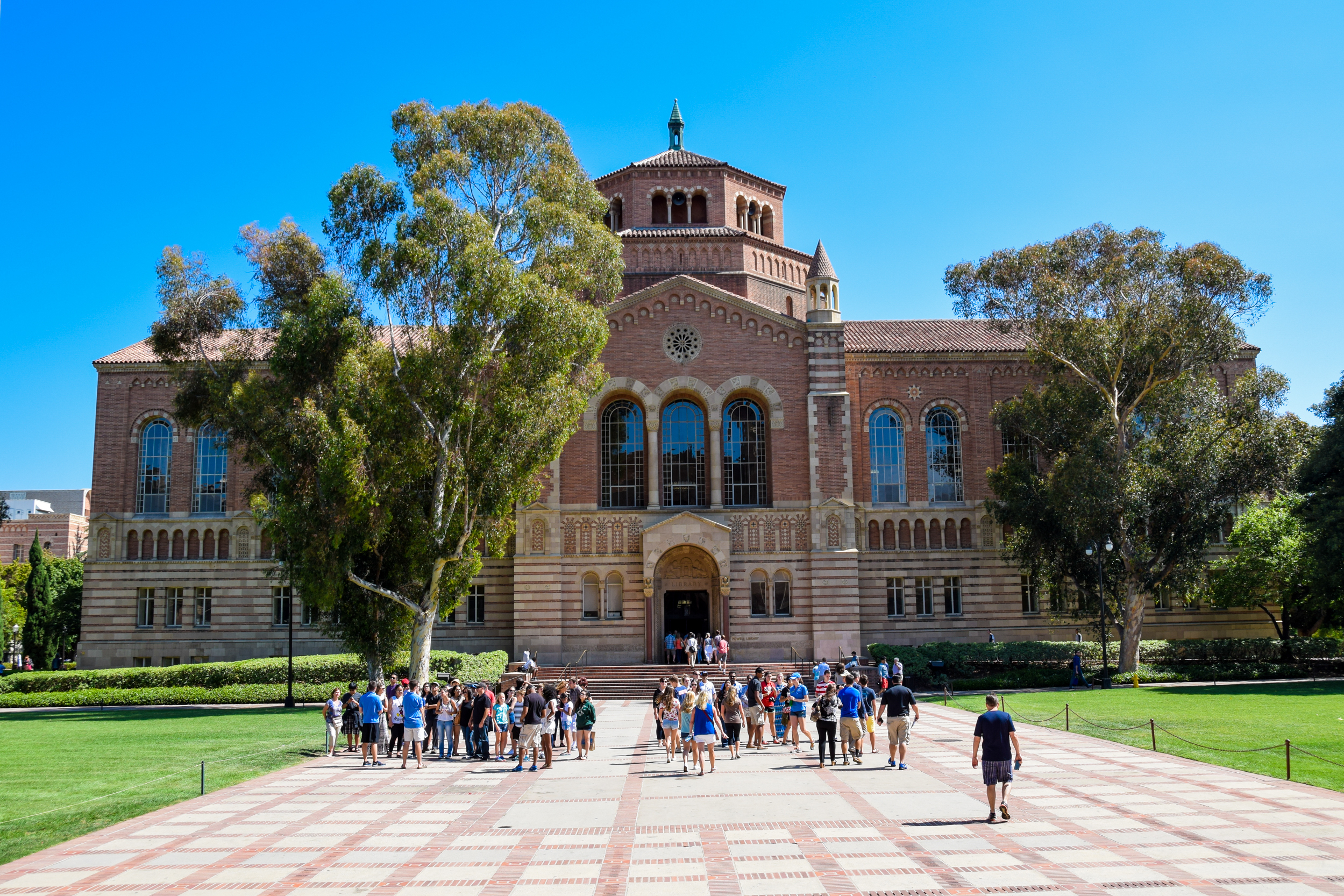February 1, 2019

With wage stagnation in the short-term and concerns about automation in the long-term, many American workers are starting to think about heading back to college for a second degree. Getting a second bachelor’s degree can have many benefits. It’s a chance for people to change their career, gain additional skills, and hopefully, find a job that offers more long-term financial security. However, whether you’re entering college for the first time or heading back for another degree, many students are facing the reality: college is starting to cost a lot, and it’s not at all clear how to pay for it.
Financial Aid for a Second Degree
Even if you’ve gone to college before and you’re concerned that you may be ineligible for financial aid, it’s still a good idea to fill out your FAFSA. The answers to your FAFSA questions will determine your eligibility for federal student loans. You may even be eligible for grants and scholarships that you don’t yet know about.
However, if you’ve used financial aid to pay for college in the past, then there may be limits to what you can receive. For example, Pell Grants — one of the most popular federal grants for students — have a 12-semester limit, meaning that you can receive no more than 12 semesters (or six years) of academic support. If you are getting close to reaching your Pell Grant limit, the Department of Education will notify you.
When looking for financial aid to fund a second bachelor’s degree, be aware of how financial aid changes with certain life circumstances. If you first attended college immediately out of high school, then you probably filled out your FAFSA as a dependent student, meaning that your parents’ income and assets helped to determine the kind and amount of financial aid that you were able to accept. However, if you are over the age of 23 when you go back for your second bachelor’s degree, then you automatically get to register as an independent student, so that your parent’s finances won’t be taken into account.
Getting Student Loans for a Second Bachelor’s Degree
Whether you’re attending college for the first or fifth time, student loans are a common tool used to finance college. If you’ve been out of college for a while, then you may want to refresh yourself on some important details about student loans, as they relate to returning students.
Student Loan Limits
If you’ve only been to college once in the past, then you may not be aware that there are lifetime limits on federal student loans. This means that, if you’ve taken out student loans in the past, you may be nearing a lifetime limit. This would make you ineligible for federal student loans in the future. For independent students, the limits for student loans are:
- $57,500 for undergraduates, with no more than $23,000 in subsidized student loans
- $138,500 for graduate or professional students, with no more than $65,500 in subsidized student loans
Dependent students have different (and lower) borrowing limits. However, if you’re returning to school for a second bachelor’s degree, then it’s unlikely that you are still a dependent student for FAFSA purposes.
Private Student Loans
Even if you’ve reached your borrowing limit for federal loans, it’s still possible to get student loans for a second bachelor’s degree. Private lenders have no hard limits on how much you can borrow, so your federal borrowing limit won’t affect your ability to receive private student loans. However, if you have a high loan balance relative to your income or credit score, then banks and credit unions may be wary about lending to you until you can pay off some of your existing loan balance.
Paying for College With Existing Student Loan Debt
If you have existing student loans to pay off, then financing a second degree becomes a bit more complicated. The good news is that you can put your student loans into deferment while you’re enrolled half-time (or more) at an accredited institution, meaning that you won’t have to make payments on existing federal student loans while you’re working on your second degree.
However, there’s bad news as well. Not only will your existing student debt potentially make it harder to get additional loans, but the financial burden of graduating with debt for a second time could be difficult to bear once you’ve started your new career.
Student Loan Refinancing
If you’d like to pay off your student loans more quickly, and at a lower interest rate before you return to school, then you may want to refinance your student loans. By refinancing while you’re still working in your current career, you can negotiate a faster repayment plan with a lower interest rate, allowing you to pay off your student loans more quickly, and with a smaller overall balance once everything is said and done. That being said, you may not be able to defer on your loans.
A second bachelor’s degree can help you shift your career focus and find a better-paying job. Student loans can help you pay for a second degree as long as you manage your financial aid information well and have a plan for handling the new student loan debt after you graduate.
Please note that the information provided on this website is provided on a general basis and may not apply to your own specific individual needs, goals, financial position, experience, etc. LendKey does not guarantee that the information provided on any third-party website that LendKey offers a hyperlink to is up-to-date and accurate at the time you access it, and LendKey does not guarantee that information provided on such external websites (and this website) is best-suited for your particular circumstances. Therefore, you may want to consult with an expert (financial adviser, school financial aid office, etc.) before making financial decisions that may be discussed on this website.




